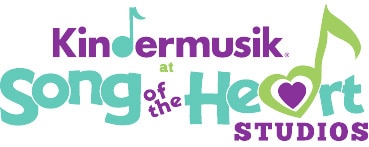Bell choir season is upon us. I attended just such a concert last weekend and left in amazement. (Well, also with some bells still ringing in my head, but since I attend bell choir concerts very rarely, that’s OK.)
(This isn’t the choir that I saw, but in researching this post, I found this clip of young high school students performing “Rolling in the Deep” and thought it was worth sharing.)
[youtube]http://www.youtube.com/watch?v=LyFmJxApKRA[/youtube]
As part of the guitar lessons I’m taking, I play in a band. Even though I played in a band in junior high school, this is a whole different experience for me. Perhaps because I’m an adult now, and can appreciate the challenge of needing a drummer who stays on beat and the role my electric guitar fills have in creating the final piece. Perhaps it’s because there aren’t 15 trumpets to drown me and my little ol’ flute out. Perhaps it’s because, you know, we’re not a junior high band (I think, if there is a special level of heaven for junior high teachers, as so many say, then there is an extra special level for the music teachers).
At any rate, with some experience now playing in a group (and there are only 6 of us), I walked away from the bell concert with total admiration for the level of ensemble work that the bell ringers (upwards of 40 people) exhibited. For instance, as every bell ringer plays just one or two notes, when they play a chord along with other players they have to figure out how to either play with the exact same volume (if that is what is required), or, conversely, which note will stand out. Then they have to do this across time, as well, so that multiple players participate in similar dynamics.
Those are just elements of teamwork that take place during the song. What if someone is sick? Or breaks their arm? Do they have understudies for different notes? What about practicing? They must spend a lot of time and energy preparing for such a concert. Much of a hand bell choir’s skill involves chiming in (hah!) at just the right moment, so being with each other to practice is critical.
In the Kindermusik for the Young Child classes, students begin learning how to play in an ensemble. Such a skill transfers directly over to other activities (such as sports or schoolwork), but it also creates a great foundation for additional music ensemble work. Turn-taking, cooperation, steady beat and rhythm all come together when kids learn how to create music as part of a community. One bell doesn’t sound very interesting, but put 40 bell ringers together and something amazing happens. The same is true of our Kindermusik students—they see that, when they all come together in something, the group creates something that any one person can’t produce alone. I have really appreciated that my kids have been part of just such a musical community, in part because by doing so, my kids are learning how to navigate the complexities of a world where we must work together.
As the executive director of the Crowden Music Center in Berkley, California, Doris Fukwa states, “Children need to develop in various ways. Being a positive participant in a musical ensemble develops invested ‘citizens of the world.’ ”

